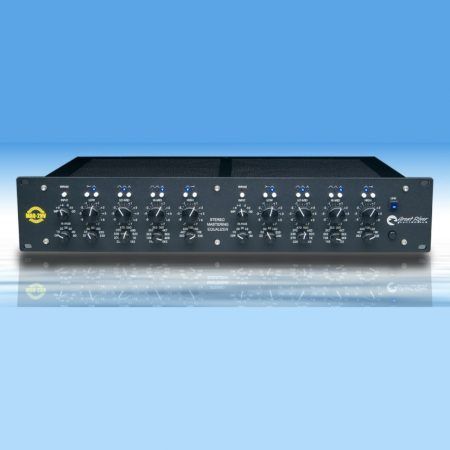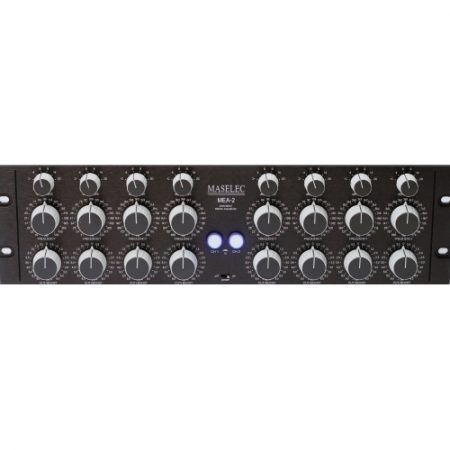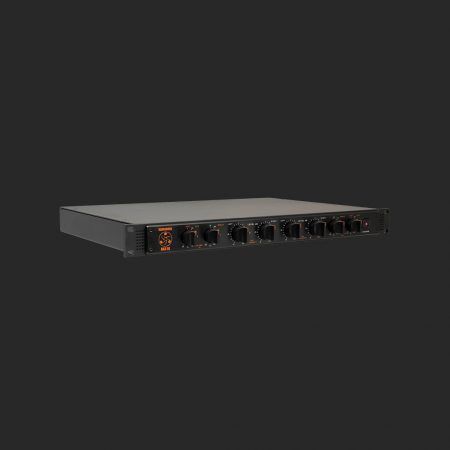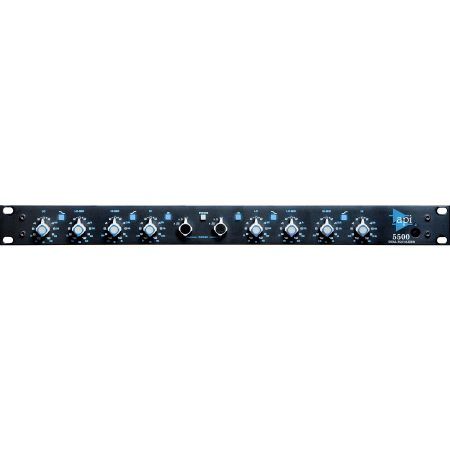Descripción
FEATURES
Discrete gyrator based Equalizer concept
Discrete operational Cut and Boost amplifier +-8db
18 selectable frequencies on each channel
Dual Mono Design
Hi Pass Filter 10Hz-400Hz with Bypass
Transformer balanced Input
All EQ parameters controlled by rotary switches
Unique A.I.R Mode (Enhancement of the auditory threshold)
Smooth and Punchy
Super Low Noise (-98dBu)
Cut & Boost steps +-: 1dB, 2dB, 3,5dB, 5,5dB, 8dB
Technical Specifications
Jensen Balanced In. That 1646 or Burr Brown Balanced Out
Dynamic Range: 122 dB
Frequency response: 10 Hz … 80 kHz (– 3dB)
Max. Output Level: + 23dBu / 600 Ohm balanced floating
Signal to Noise Ratio at + 6dBu = 105dB (20 … 20 kHz, unweighted, RMS)
Noise: – 99dBu (20 Hz – 22 kHz – unweighted, RMS) @ 0dB Unity Gain
Crosstalk between channels: > 100dB
Power consumption: max 10 Watts
THE HEART OF THE VSE-2
WHAT IS A GYRATOR?
Originally proposed in 1948, a gyrator is a type of electronic network that can be used at the heart of equaliser designs as an alternative to its even older inductor predecessor. Although inductors are still popular with some designers looking for a vintage sound, they have inherent issues like ringing and odd harmonics.
On the other hand, gyrators can work better than the ‘real thing’ and give the designer more freedom, a factor put to work in the VSE-2 to create, among other things, a tube-like distortion spectrum.
THE SPECS OF THE VSE-2
The Vertigo Sound “Discrete Triple Gyrator 1972” uses a fully discrete circuitry, while other devices on the market realize the Gyrator using an standard IC. The well thought out design of Vertigo‘s Gyrator delivers a tube unit like distortion spectrum. The distortion is produced by the Gyrator itself at the frequency you dial in.








